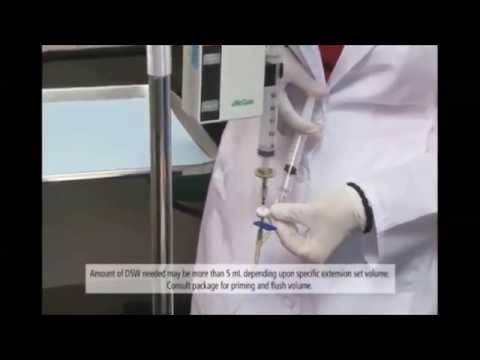“The team injected elderly mice—roughly the age of a 70-year-old human—with verteporfin once a month for two months. In just a week, mice treated with verteporfin showed fewer molecular signs of senescence in their kidney, liver, and lungs. Their fur was more luxurious compared to control mice without the drug.” […]
I don’t know about the rest but I do like the sound of this, luxurious fur ![]()
How much longer did these mice live?
Some past discussions on this drug:
Here: Drug or suppliment for "rehealing of old wounds"? - #2 by RapAdmin
Huh, mechanical issues again? I’ve been pitching fasudil for a while now – at first glance it seems like it would hit this target indirectly but effectively. I haven’t looked into verteporfin – it seems safe-ish so long as you avoid bright light?
Really interesting…thanks for posting.
It seems that it ultimately works like rapamycin; by mTOR inhibition which leads to endoplasmic reticulum stress and apoptosis.
So a few questions arise…does this mean that “Visudyne” and rapamycin just give the same result?
Is rapamycin thus a senolytic, too?
Would they work additively or synergistically? Should you avoid one if using the other?
Has anyone been able to read the full paper?
I believe Dr. Blogosklonny has said for years that he believes Rapa to be a senolytic.
Seems like you need to avoid ALL sunlight and bright lights (including any red light therapy) for 48 hours after getting the vertporfin infusion (IV over 10 minutes) : Any tissue exposed to light is at risk of being killed even if they are NOT senolytic. Benefits last 1 month and possibly up to 3 months, but you turn into a Vampire for 48 hours ![]()
Given that it’s IV infusion, I don’t expect many people to experiment with this at home. At least, I hope not.
Vampires are immortal. Isn’t this the end goal of rapamycin forum?
The suggested clinical dose of “Visudyne” is 6mg/m2.
This cannot be converted into a “Mg/kg” dose.
Each person must find out how much Body Surface Area they have. There is a formula to do this. In my case, (178 cm tall and 70 kg) I have 1.86m2.
So, in my case, I would need 6 x 1.86 or roughly 11mg.
However, as that is the dose for photo activation, I would probably start off with a dose such as 2mg for safety if using it as a senolytic.
The full paper for the study mentioned in the first post of this thread:
s43587-023-00480-4Small.pdf (5.9 MB)
In our clinic, we use Dasatinib 100mg for 3 days each week for 3 consecutive weeks coupled with Quercitin 1,000mg on each treatment day. This combination has few adverse effects and the vast majority of our patients love the result. The question that arises is when to repeat therapy. given that we do not have a readily available and reliable set of serum markers to tell us when and to what extent we are redeveloping a significant senescent load. And in those folks like me, who also use Rapamycin, which slows the formation of senescent cells, the questions are multiplied. We tend to go by clinical markers and when retreating we often reduce the 9-day therapy to 3 or 6 days.
The D Q therapy had the best extension of life and health span of all the therapies tried thus far. 36% extension with a single course of therapy in the mice. But I also like the improved markers noted in the rapa trials. So personally I use both as do many of my more adventurous patients.
J.N.Mixon MD
@DocJerry There was a study done on human senescent cell load. I linked to it somewhere on these forums. I remember that the recommendation was to perform the D+Q treatment every 6 months for individuals over the age of 60. This led to a 12-year age reduction of senescent cell burden (So a 60 yo would have the senescent cell load of a 48 yo with 2 treatments each year).
In addition, a 70 year old body cleans out senescent cells 10X slower than a 25 yo. A 25 yo takes 2.5 days to clear senescent cells. A 70 yo takes 25 days which is why they build up so much. The longer you wait the more they spread their SASP toxins and turn other cells senescent. This info is from the same paper mentioned above.
Do you have a source for this claim, and is there any outcomes studies on using D+Q?
I looked it up. Here’s the source information
I don’t think it’s possible to extrapolate mice studies like that to humans, but it’s a start.
The authors extrapolated it. It makes sense to me. It may not be perfect, but at least it’s based on a mammalian model.
Also, it sounds reasonable.
Theory alone will only take you so far.

